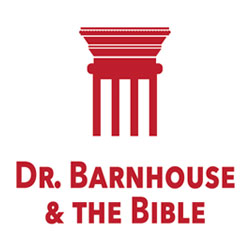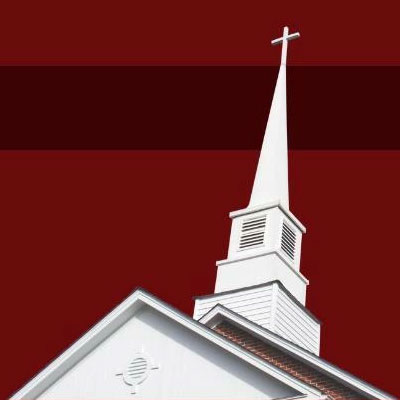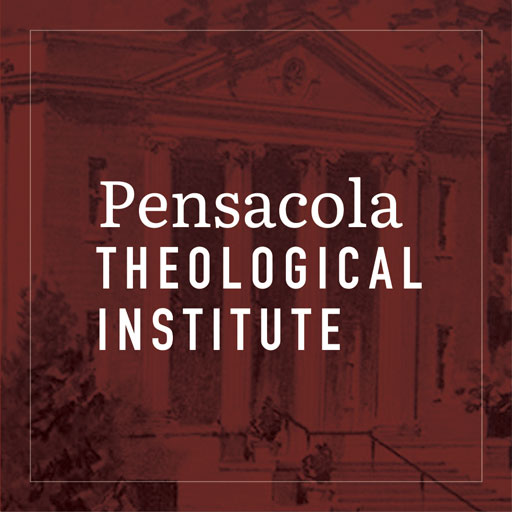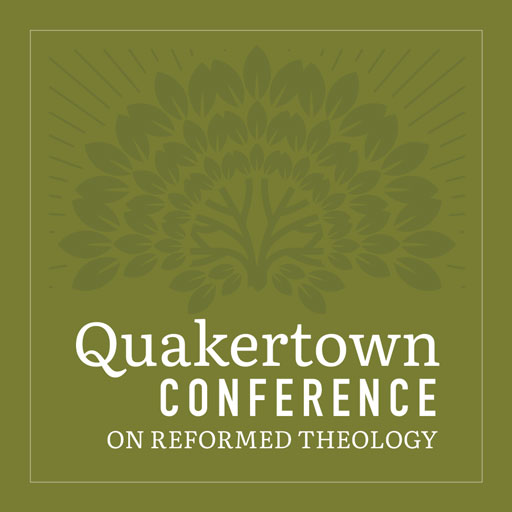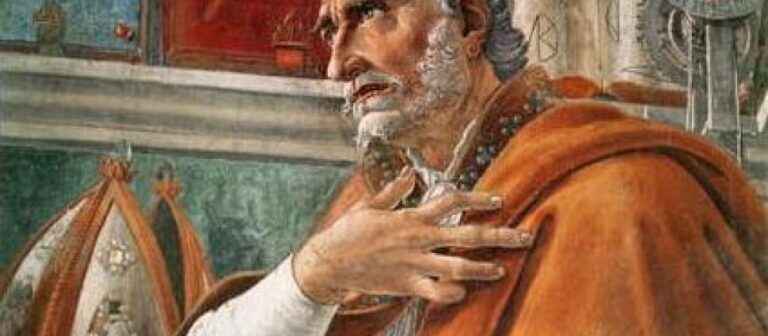
Glory! Hallelujah!
God created various means by which He, a pure Spirit, could communicate with earthly, speaking creatures. The first was the Angel of the LORD. When He appeared to God’s people, they were confused. An angel? Or the LORD? Hagar asked herself, “Is it possible that I have seen Him who sees me?” She suspected it was God Himself, but couldn’t quite believe it! [i]
God also created a cloud called the Glory of the LORD. It first appears in Exodus 16, not a sign of kindness, but as a token of God’s displeasure. The people were grumbling against Moses – again. Aaron, as high priest, summons everyone before the LORD. As he speaks, they looked across the barren wilderness landscape. The Glory Cloud appears out of the blue, racing across the desert toward the camp of Israel. By night, it was a pillar of fire and by day of smoke. It became known as the Glory of the LORD or the Shekinah Glory, the sign of God’s presence.[ii]
When Moses went up Mount Sinai, the Glory of the LORD descended, covering the mountain. Moses alone went up into the presence of God, enveloped by the Glory of the LORD. The people dared not touch the foot of the mountain.[iii]
The created Glory Cloud, the fire and smoke, taught the Israelites that their God was awesome. He was a blazing, consuming fire. People couldn’t walk casually into His presence, unannounced or uninvited. God was scary. They learned the fear of the LORD.[iv]
They also learned that, wherever they went, God went with them. He went before them as they walked through the desert. The fire glowed at night in the middle of their camp. It was central to their worship, a reminder that wherever His people gathered, He was there. They had this visual representation of His presence, the Glory of the LORD. [v]
When they built the tabernacle, the LORD descended and no one could enter it because of the Glory of the LORD. Similarly, when Solomon dedicated the temple, everyone had to evacuate, because the Glory of the LORD filled the entire house. Nobody dared go in, because God’s Glory was overwhelmingly present.[vi]
Ezekiel has a vision in broad daylight. Wide awake, he sees what looks like a throne, occupied by the Glory of the LORD, the Shekinah. He sees the telltale signs of God’s presence, the fire and the smoke. Then he sees in the fire something he hasn’t seen before. He is stunned that the Glory of the LORD is enthroned like a man, sitting on the throne of God![vii]
Comparing Ezekiel’s vision with Exodus 24, we find similarities. Moses and Aaron – with Nadab and Abihu and 70 elders of Israel – went up into the Glory Cloud on Mount Sinai. They ate and drank with God as if with a man![viii]
The prophet repeats over and over what many prophets say in describing their most awe-inspiring visions. “It had the appearance of…” or “it appeared like…” or “had the likeness…” In other words, the vision is beyond description. In this vision, Ezekiel says that he sees what looks like a man. Then he describes his vision.[ix]
A bit later, somewhere else, he sees the Glory again, not sitting on a throne. Now the man has come down off His throne. He comes close to speak to him.[x]
During yet another vision, this man is clothed in white linen, surrounded by the wheels and the cherubim from chapter 1. He enters the sanctuary of God and “the court was filled with the brightness of the glory of the LORD.” Again, the Glory of the LORD![xi]
What is going on here? Ezekiel sees the same fire and smoke that the Israelites saw in the desert. Progressing through the Bible, we get nearer D-Day, the day of God’s invasion. And we see this vision of Glory taking human shape.
Previously, the Glory was a pillar of fire and smoke. Now Ezekiel sees the Glory of the LORD sitting on the throne looking like a man. He leaves the heavenly throne and comes down to Ezekiel to talk to him face-to-face. It’s a preview of what the Son of God did in the incarnation – leaving His Glory and humbling Himself. He takes on our nature and becomes a servant. He approaches us to meet our need on our level, as one of us. Through Ezekiel, He is preparing us to receive Him.[xii]
Sadly, Ezekiel’s vision ends with the departure of the Glory of the LORD from Jerusalem, never to return, until He comes as the Son of Man. Yet before leaving, God gives a promise that a new day is coming.[xiii]
In the New Testament, we see the Glory of the Lord just once, as a prefiguration of the Glory of the LORD in heaven.[xiv]
two men were talking with him… who appeared in glory… Now Peter and those who were with him… saw his glory and the two men who stood with him.
However when Christ came the first time, it was not in a Cloud of Glory or as blazing fire. He didn’t even come as an angel. He came as ‘a little baby thing’. How amazing! That God in Christ should do that for us! The Incarnation is the greatest mystery in Scripture.
Glory! Hallelujah!
This blog was taken from the audio set TRINITY: The Eternally Divine Son, “The Divine Speaker,” by Liam Goligher, Senior Minister of Tenth Presbyterian Church of Philadelphia. He is also the host of our broadcast No Falling Word on the Alliance of Confessing Evangelicals site. Three sets of his TRINITY messages are available as CDs, MP3 or downloads. The blogs which set ablaze the Trinity Debate are also on that link. The blogs which set ablaze the Trinity Debate are also available on that link. He earned a D.Min. from Reformed Theological Seminary-Jackson. He and his wife Christine have five adult children and numerous grandchildren, plus a dog Chloe.
***********************
[i] Genesis 16:7-15 God appears first to Hagar about Ishmael.
[ii] Exodus 16:9-12 Shekinah is related to the word ‘to dwell’.
[iii] Exodus 19:18-23
[iv] Psalm 34:11, Psalm 111:10, Proverbs 1:7, Proverbs 2:3-6 and numerous other passages in Proverbs.
[v] Exodus 40:36-38, Matthew 18:20
[vi] Exodus 40:34-35,1 Kings 8:10-11
[vii] Ezekiel 1:26-27
[viii] Exodus 24:9-11
[ix] Read Ezekiel 1:25 to 2:2 and 3:12
[x] Ezekiel 3:22-27
[xi] Ezekiel 10:1-5
[xii] Philippians 2:4-7
[xiii] Ezekiel 11:17-23 The mountain would be the Mount of Olives in the New Testament.
[xiv] Luke 9:28-36, also Matthew 17:1-6, Mark 9:1-10


